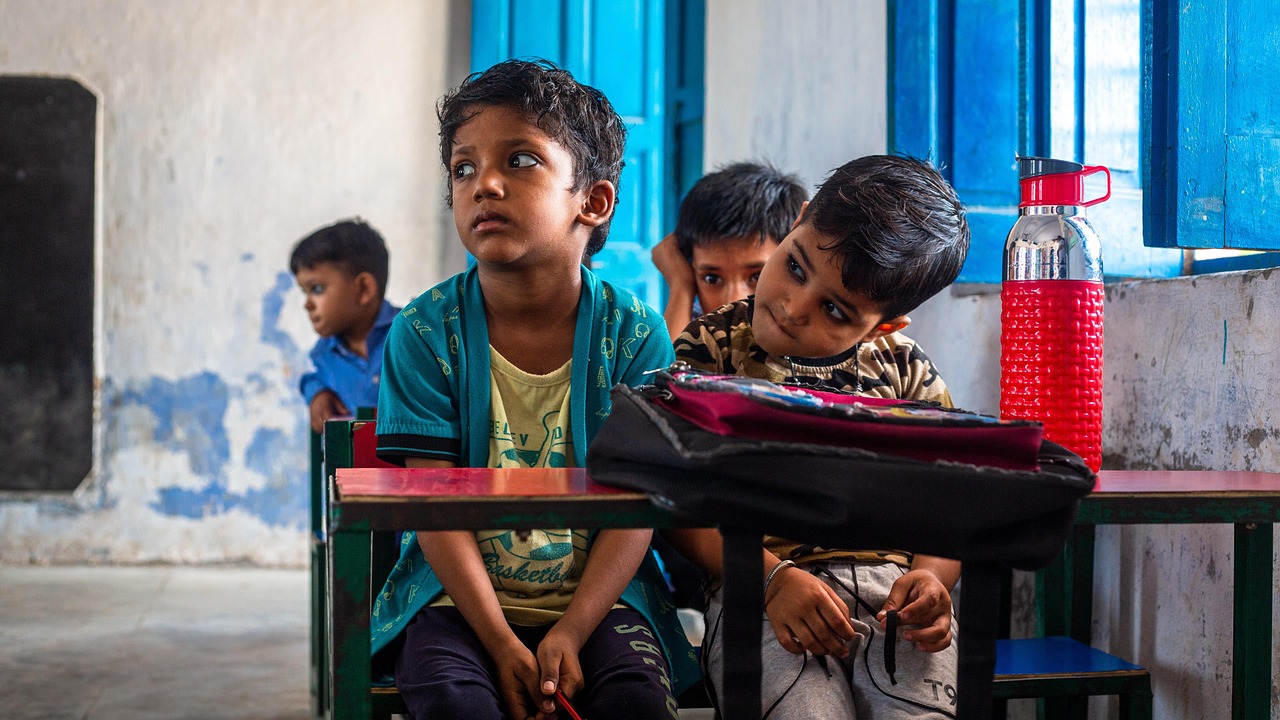
Revolutionizing Learning: Innovations in Indian School Curriculum Design
India’s education landscape is undergoing significant transformation, marked by innovative shifts in curriculum design aimed at preparing students not just for exams, but for life. These changes are driven by a desire to make learning more holistic, practical, and aligned with the needs of the 21st century. Here’s a closer look at the groundbreaking innovations shaping India’s school curricula.
1. Emphasis on Experiential Learning
One of the most notable shifts in curriculum design is the move towards experiential learning. This approach encourages students to engage directly with materials, participate in hands-on projects, and learn through experiences both inside and outside the classroom. For instance, schools are incorporating activities like scientific experiments, social projects, and real-world problem solving into their daily schedules, helping students apply theoretical knowledge in practical situations.
2. Integration of Technology
Technology integration is at the forefront of educational innovation. Digital tools are increasingly being used to enhance interactive learning through virtual labs, digital textbooks, and online collaborative platforms where students can engage with peers globally. This not only makes learning more engaging but also ensures that students are proficient with the digital tools that are becoming essential in the modern world.
3. Focus on Skill Development
Recognizing the importance of skill over rote memorization, the new curriculum models emphasize skills such as critical thinking, problem-solving, creativity, and digital literacy. Schools are redesigning assessment methods to evaluate these skills, moving away from traditional exams and towards more reflective and comprehensive methods like portfolios and project-based assessments.
4. Inclusive Education
There is a growing emphasis on inclusive education that accommodates diverse learning needs and backgrounds. Curricula are being designed to be more flexible, allowing for personalized learning paths that cater to individual strengths and weaknesses. Moreover, there is an increased focus on addressing the educational needs of students with disabilities through tailored resources and assistive technologies, ensuring equity in education.
5. Multidisciplinary Approaches
In line with global educational trends, Indian curricula are increasingly adopting multidisciplinary approaches. This involves blending subjects such as science with arts and humanities to encourage broader understanding and innovation. Such integration allows students to see the connections between different areas of knowledge and apply these insights in diverse contexts.
6. Environmental and Sustainability Education
With growing environmental challenges, schools are integrating sustainability education into the curriculum. This includes learning about sustainable practices, the importance of biodiversity, and the impact of human activities on the environment. By fostering environmental consciousness from a young age, the curriculum aims to prepare students to be responsible global citizens.
7. Enhanced Teacher Training
To effectively implement these innovations, there is also a focus on enhancing teacher training. Educators are being equipped with new pedagogical skills and technologies through continuous professional development programs. This ensures that teaching methods remain dynamic and adapted to the evolving educational landscape.
Conclusion
These curriculum innovations are transforming Indian schools into vibrant learning environments that foster not only academic excellence but also the development of essential life skills. As these changes take root, they promise to equip India’s young minds with the tools they need to succeed in the rapidly changing global landscape, making education both more meaningful and more enjoyable.

